Hoa Lo Prison
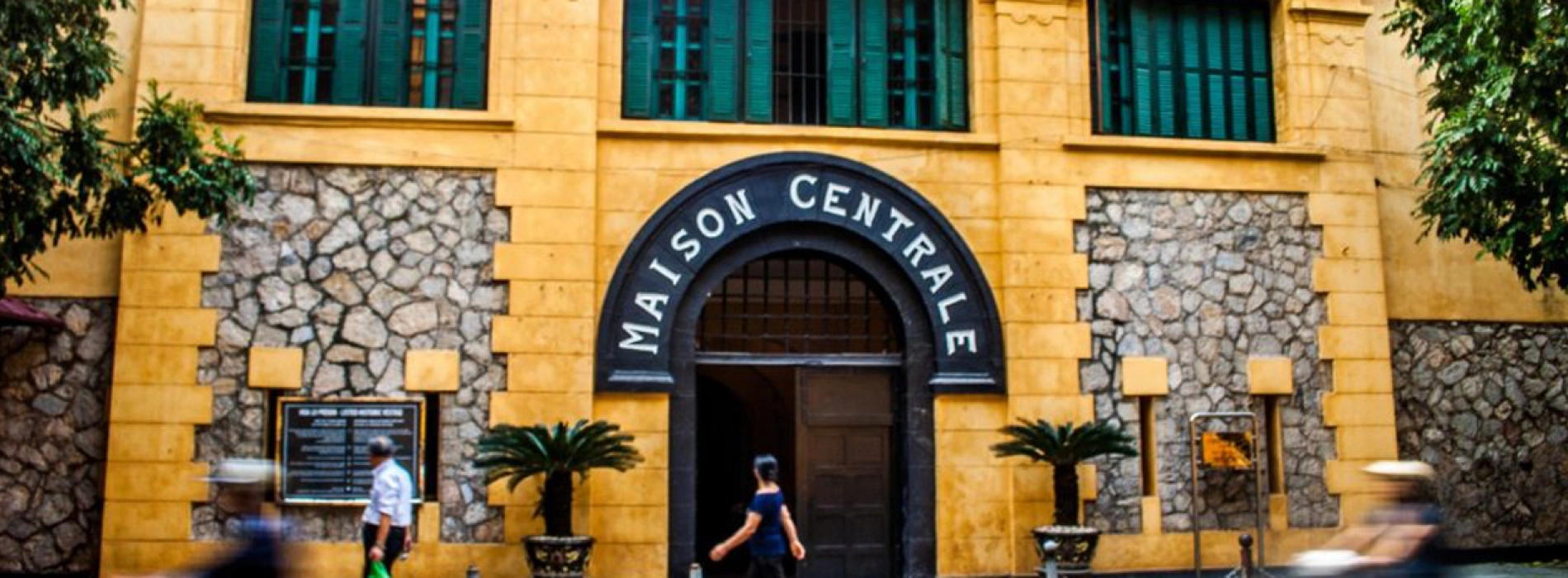
Explore the compelling history of Hanoi at the Hoa Lo Prison, an emblematic site that narrates tales of resilience and liberation. Often referred to by its poignant nickname "Hanoi Hilton," this museum offers a profound glimpse into Vietnam's past.
A visit to Hoa Lo Prison is not just a historical excursion; it's an emotional journey through the stories of prisoners of war and revolutionaries. It stands today as a testament to the indomitable spirit of the Vietnamese people and their quest for freedom.
Hoa Lo: Discover an unforgiving colonial prison
Hoa Lo Prison, a stark symbol of Vietnam’s tumultuous history, stands in Hanoi as a reminder of colonial resistance and wartime endurance. Built by French colonizers in the late 1800s to detain Vietnamese insurgents, it was one of Indochina's most fortified jails, notorious for its severe conditions. It served as a crucible for many national heroes during the fight for independence and later held American prisoners during the Vietnam War, who ironically nicknamed it the "Hanoi Hilton".
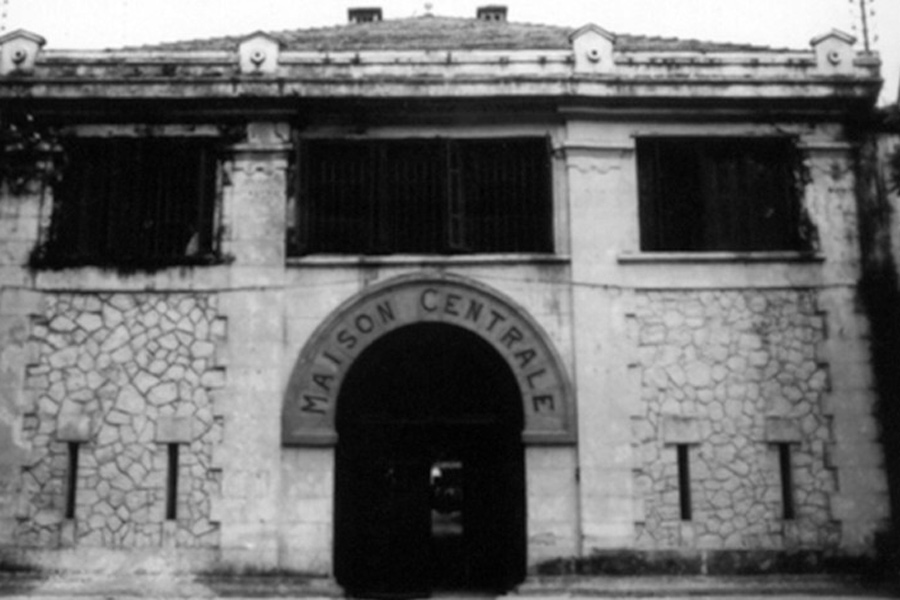
The historical front facade of Hoa Lo Prison
This institution witnessed extraordinary displays of defiance and solidarity among inmates. Despite the somber backdrop, it became a beacon of Vietnam's struggle and unbreakable spirit. Now partially preserved as a museum, Hoa Lo offers a poignant window into the past, memorializing the resilience faced with oppression. Visiting the remnants of Hoa Lo Prison today, one can't help but reflect on the resilience and unity forged behind its walls.
Hoa Lo Prison, a historical landmark in Hanoi, has a multitude of characteristics that make it a thought-provoking destination for visitors:
1. French Colonial Architecture
The design of Hoa Lo Prison is a striking example of French colonial architecture, with its intimidating high walls and solid gates. These features reflect its original purpose of imprisonment and control.
2. Prison Cells
The authentic prison cells of Hoa Lo Prison in Hanoi are among the most poignant and evocative aspects of the museum that now occupies the site. These cells, preserved much as they were during the prison's operation, offer visitors a visceral insight into the daily realities faced by the inmates.

Mannequins depicting prisoners sitting in rows
The stark, bare walls of the cells, the minimal light filtering through tiny windows, and the overall atmosphere of desolation vividly illustrate the harsh conditions endured. The cells tell stories of resilience and survival, as prisoners, despite their physical confinement, maintained hope and a sense of solidarity. Scribbles and messages on the walls, left by the inmates, serve as a testament to their unbroken spirit and determination to resist oppression.
3. Giant guillotine
The giant guillotine of Hoa Lo Prison stands as one of its most harrowing and historically significant artifacts. This grim apparatus, a symbol of the ultimate penalty during the prison era under French colonial rule, was used to execute prisoners, many of whom were Vietnamese revolutionaries fighting for independence. The guillotine's presence in the museum today serves as a stark reminder of the brutal methods of control and punishment employed by the colonial authorities.
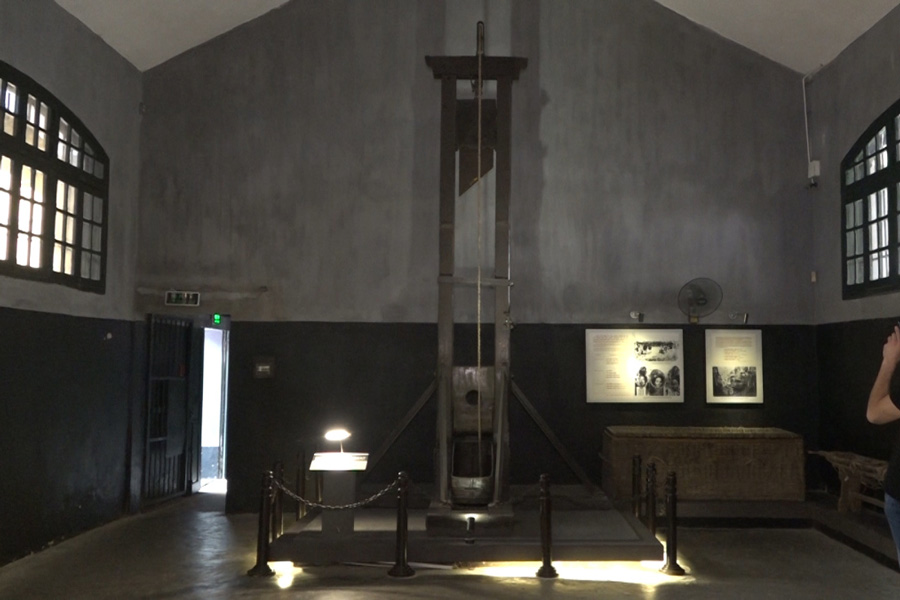
The guillotine room inside Hoa Lo Prison Museum
4. Bodhi Tree of Solidarity
The "Bodhi Tree of Solidarity" within Hoa Lo Prison holds a special place in the history and hearts of those who remember the struggles faced by Vietnamese prisoners. This bodhi tree, often referred to in the context of solidarity and brotherhood among inmates, symbolizes the unbreakable spirit and unity of the prisoners held within the walls of Hoa Lo. Despite the harsh conditions and brutal treatment they faced, the presence of the tree in the prison courtyard became a beacon of hope and a source of strength for many.
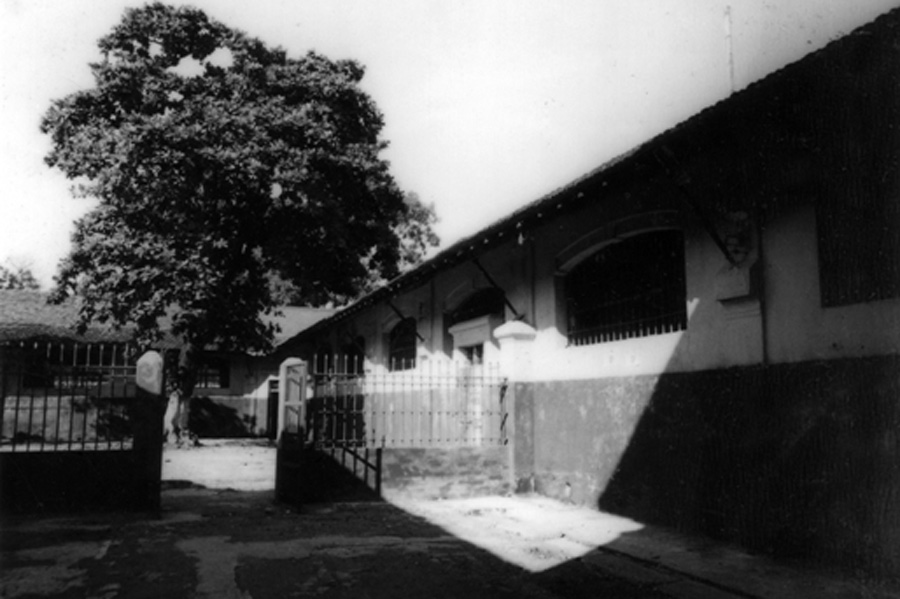
Bodhi tree in the courtyard of Hoa Lo Prison
5. "Cachot" section
The "Cachot" section, often referred to as the "dark cell" or "dungeon" within Hoa Lo Prison, represents the most feared and harrowing part of this historic site, effectively being dubbed the "hell within hell." Designed for the solitary confinement of prisoners deemed particularly troublesome or high-risk, these dark cells were the epitome of punishment and isolation.
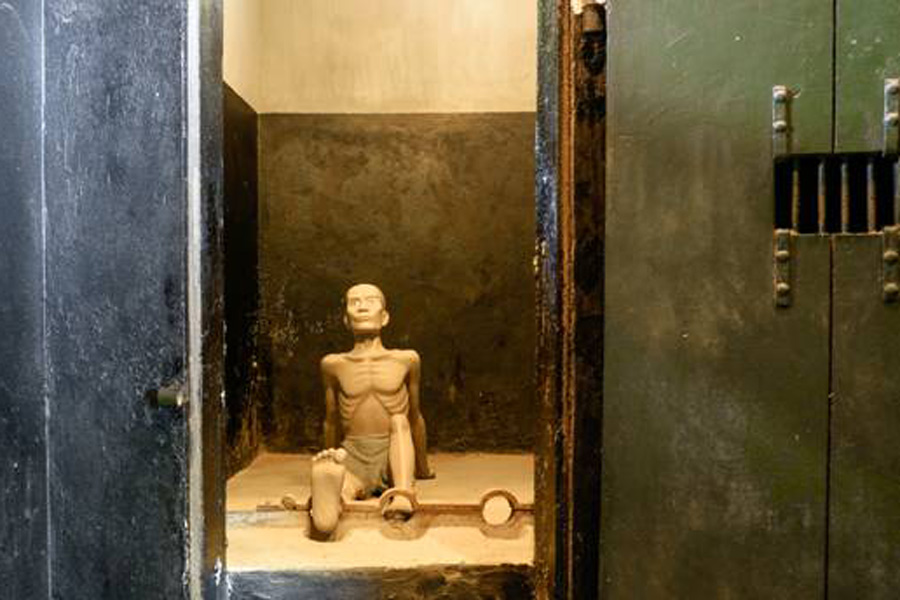
A solitary confinement cell
The opening hours for Hoa Lo Prison Museum were generally from 8:00 AM to 5:00 PM daily (including holidays and Tet).
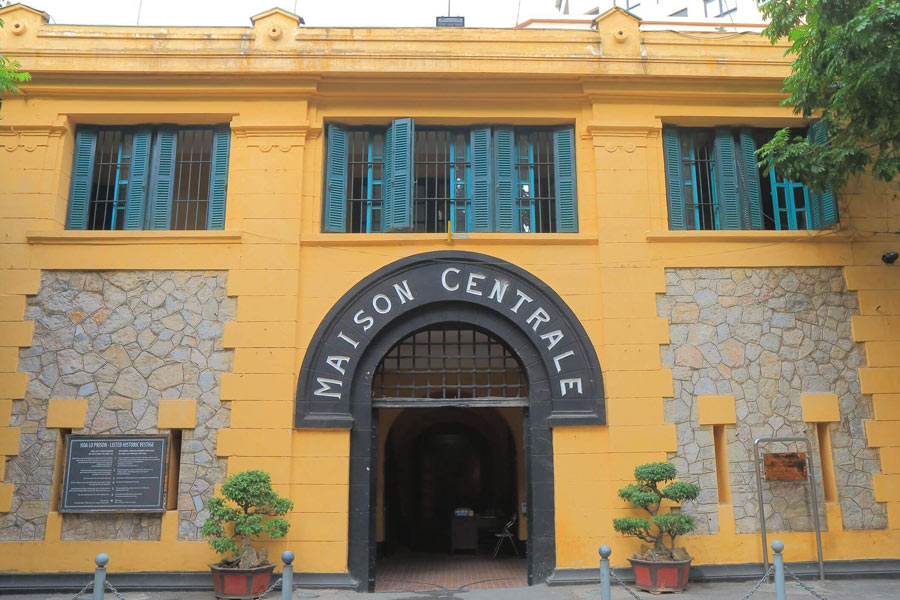
The entrance to Hoa Lo Prison
There are several ways to get to Hoa Lo Prison in Hanoi, depending on your preferences and budget:
Hoa Lo Prison is a cornerstone of Hanoi's historical narrative, inviting visitors to delve into Vietnam's past. For those looking to uncover the layers of history and culture in Hanoi, Asia King Travel offers curated tours that include this iconic museum.
Contact Asia King Travel today to plan your educational visit to Hoa Lo Prison and experience a vital piece of Vietnam's heritage firsthand